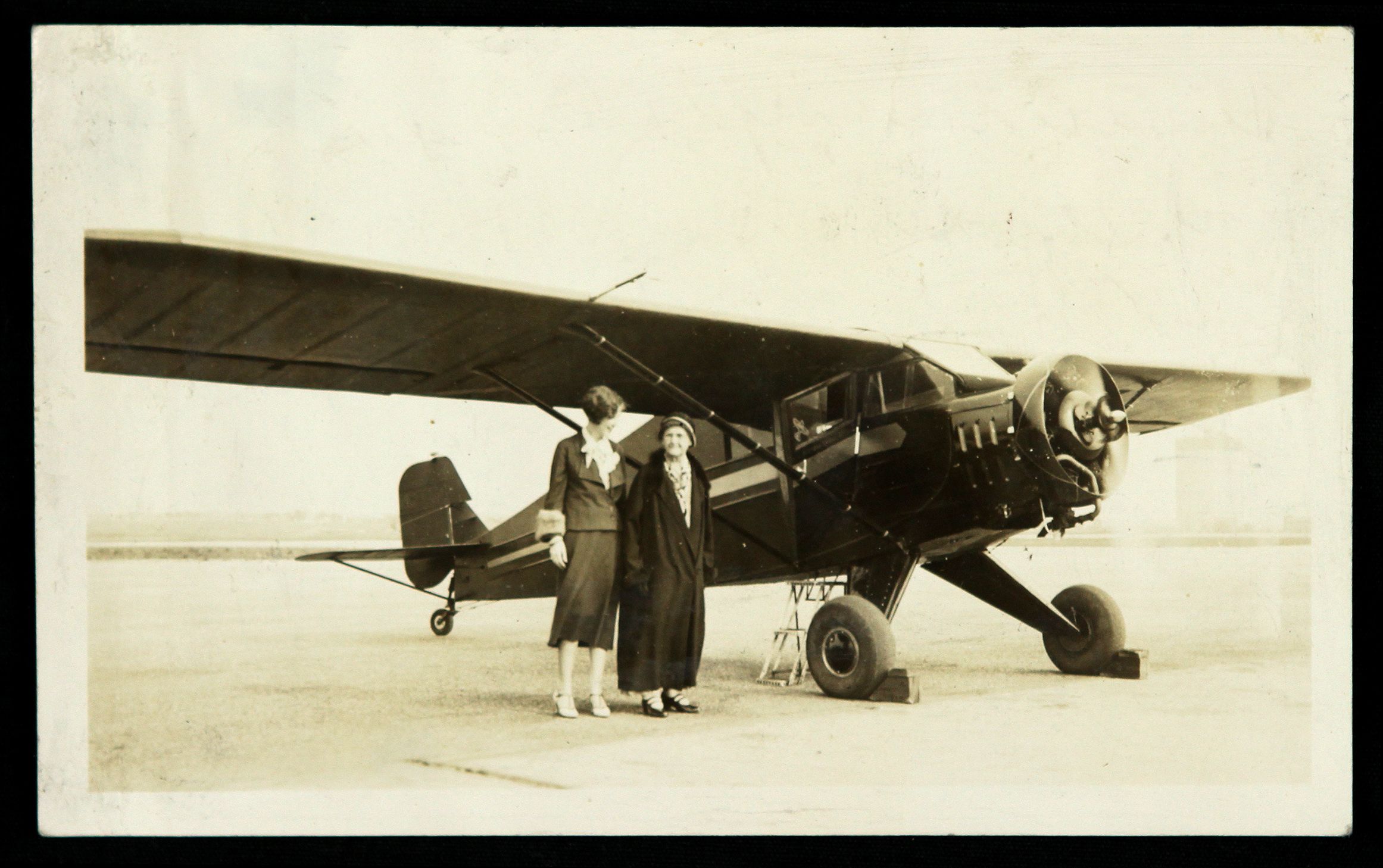Kronkite: The Man Who Shaped Modern Journalism
When we talk about journalism legends, one name that always comes up is Walter Cronkite. Known as "The Most Trusted Man in America," he wasn't just a news anchor—he was a force of nature in the world of media. His voice became synonymous with trust and integrity during some of the most turbulent times in American history. But who exactly was Walter Cronkite? Let me tell ya, this guy didn’t just sit behind a desk reading headlines; he lived every story he reported on. From the moon landing to the Vietnam War, Cronkite was there, making history while covering it.
Now, before we dive deep into what made Cronkite so special, let’s set the stage. In an era where news was delivered through newspapers and radio, television news was still finding its footing. Enter Cronkite, a man who turned the evening news into a national institution. His approach wasn’t just about delivering facts—it was about connecting with people emotionally and intellectually. And that’s why we’re here today, exploring the life and legacy of a man who redefined journalism.
But why should you care about Cronkite now, in 2023? Well, my friend, because his principles are more relevant than ever. In a world drowning in fake news and misinformation, understanding how Cronkite built trust with his audience can teach us a thing or two about what journalism should be. So grab a coffee, get comfy, and let’s take a trip down memory lane to discover the man behind the microphone.
- Jake Wood The Rising Star You Need To Know About
- Jack Hartmann Net Worth The Inside Scoop On The Starrsquos Financial Empire
Biography: Who Was Walter Cronkite?
Let’s start with the basics, shall we? Walter Leland Cronkite Jr. was born on November 4, 1916, in St. Joseph, Missouri. He grew up in a world vastly different from ours—no smartphones, no internet, just good old-fashioned curiosity driving him toward journalism. His journey wasn’t straightforward, though. Before becoming the iconic news anchor we all know, Cronkite worked as a reporter for United Press International (UPI), covering World War II and other major events.
If you’re wondering what made him tick, here’s a quick breakdown:
| Full Name | Walter Leland Cronkite Jr. |
|---|---|
| Birthdate | November 4, 1916 |
| Birthplace | St. Joseph, Missouri |
| Education | University of Texas at Austin (dropped out) |
| Profession | Journalist, News Anchor |
| Claim to Fame | “The Most Trusted Man in America” |
Cronkite wasn’t just another pretty face on TV. He earned his stripes covering some of the biggest stories of the 20th century. From D-Day to the assassination of JFK, his reporting shaped how millions of Americans understood these events. But don’t just take my word for it—let’s break it down further.
- Tis Wife Tiny The Fascinating Journey Of A Power Couple
- Shawn Johnson Net Worth The Inside Scoop On Her Wealth Career And Lifestyle
Early Life and Career
Walter Cronkite didn’t wake up one day and decide to be a news anchor. Oh no, his path was paved with hard work, curiosity, and a whole lot of grit. Growing up, Cronkite developed a passion for writing and journalism early on. He even started working for his high school newspaper, which gave him the taste of storytelling he craved.
After dropping out of college, Cronkite joined the UPI, where he quickly rose through the ranks. During World War II, he covered the European theater, reporting from the front lines. This experience taught him the value of accuracy and objectivity—qualities that would define his career later on.
Key Milestones in Cronkite’s Career
Here are some highlights from Cronkite’s early career:
- 1937: Joins UPI as a reporter
- 1942: Covers World War II, including D-Day
- 1950: Joins CBS News
- 1961: Becomes anchor of the "CBS Evening News"
Each step brought him closer to becoming the voice of authority that millions trusted. But it wasn’t all smooth sailing. Cronkite faced challenges, like convincing his bosses at CBS to give him more airtime. And boy, did he prove them right!
Cronkite’s Legacy in Journalism
Now, let’s talk about the elephant in the room—Cronkite’s legacy. What made him so influential? Well, for starters, he wasn’t afraid to tackle tough subjects. Whether it was civil rights, the Vietnam War, or space exploration, Cronkite brought a level of seriousness and depth to his reporting that few could match.
His famous sign-off, "And that’s the way it is," became a symbol of his commitment to truth and transparency. People trusted him because they knew he wouldn’t sugarcoat the news. Instead, he delivered it straight, no chaser.
How Cronkite Redefined News Anchoring
Before Cronkite, news anchors were often seen as mere broadcasters. They read the news, and that was it. But Cronkite changed all that. He became an interpreter of events, helping viewers understand the context behind the headlines. Here’s how:
- He used his platform to educate, not just inform
- He maintained a neutral tone, even when reporting on controversial topics
- He built a personal connection with his audience
And let’s not forget his role in covering the moon landing. When Neil Armstrong took that first step on the moon, Cronkite couldn’t contain his excitement. Watching him react in real-time was a moment that brought the entire nation together.
The Vietnam War and Cronkite’s Impact
No discussion about Cronkite is complete without mentioning his coverage of the Vietnam War. This was a turning point in both his career and American history. In 1968, after visiting Vietnam, Cronkite delivered a broadcast that questioned the U.S. involvement in the war. His words carried weight, and many believe they influenced President Lyndon B. Johnson’s decision not to run for re-election.
But why did Cronkite’s opinion matter so much? Because people trusted him. They saw him as a man who spoke the truth, even when it was uncomfortable. His coverage of the war wasn’t just reporting—it was a call for accountability.
Lessons from Cronkite’s Vietnam Coverage
What can modern journalists learn from Cronkite’s approach to the Vietnam War?
- Always seek the truth, even if it challenges the status quo
- Use your platform to hold those in power accountable
- Be willing to change your stance when presented with new evidence
In today’s world, where opinions often masquerade as facts, Cronkite’s commitment to truth is a lesson we should all take to heart.
Cronkite and the Rise of Television News
When Cronkite joined CBS in 1950, television news was still in its infancy. But by the time he became the anchor of the "CBS Evening News" in 1961, he had transformed it into a powerhouse. His broadcasts weren’t just about delivering the news—they were about creating a shared experience for the American public.
One of the reasons Cronkite succeeded was his ability to adapt. As technology evolved, so did his methods. He embraced new tools and techniques, ensuring that his broadcasts remained relevant and engaging.
How Television Changed Journalism
Television news brought a level of immediacy that newspapers and radio couldn’t match. Here’s how Cronkite capitalized on that:
- He used visuals to enhance his stories
- He engaged with his audience through his tone and delivery
- He set the standard for what good television journalism should look like
Without Cronkite, the landscape of television news might look very different today.
The Ethics of Journalism: Cronkite’s Principles
In a world where misinformation runs rampant, Cronkite’s ethical standards are more important than ever. He believed in the power of journalism to inform and educate, but he also understood the responsibility that came with it. Here are some of the principles he lived by:
- Accuracy above all else
- Objectivity in reporting
- Respect for the audience
These principles guided his work and continue to inspire journalists today. In a time when trust in media is at an all-time low, revisiting Cronkite’s approach can remind us of the importance of integrity in journalism.
Challenges Facing Modern Journalism
While Cronkite faced his own set of challenges, today’s journalists deal with a whole new set of issues. From social media algorithms to clickbait headlines, the landscape has changed dramatically. But the core principles remain the same:
- Provide accurate, reliable information
- Hold those in power accountable
- Engage with your audience in a meaningful way
Cronkite’s legacy reminds us that journalism is more than just a job—it’s a calling.
Cronkite’s Influence on Future Generations
Even after his retirement in 1981, Cronkite continued to influence the world of journalism. He mentored young reporters, shared his wisdom, and advocated for ethical standards in the industry. His impact can still be seen in the work of countless journalists today.
But his influence extends beyond the newsroom. Cronkite taught us the importance of critical thinking and media literacy. In a world where information is readily available, his lessons are more relevant than ever.
How You Can Embrace Cronkite’s Legacy
So, how can you carry on Cronkite’s legacy in your own life? Here are a few ideas:
- Stay informed by consuming news from trusted sources
- Think critically about the information you encounter
- Engage in respectful, informed discussions with others
By doing these things, you’re not just honoring Cronkite’s memory—you’re helping to build a more informed society.
Conclusion: The Enduring Legacy of Walter Cronkite
As we wrap up our journey through the life and career of Walter Cronkite, it’s clear that his impact on journalism is immeasurable. From his days as a World War II correspondent to his iconic tenure as the "CBS Evening News" anchor, Cronkite defined what it means to be a trusted journalist.
But his legacy isn’t just about the past—it’s about the future. In a world where trust in media is under attack, Cronkite’s principles of accuracy, objectivity, and integrity offer a guiding light. By embracing these values, we can ensure that journalism remains a force for good in our society.
So, what’s next? I encourage you to leave a comment below sharing your thoughts on Cronkite’s legacy. Or, if you’re feeling inspired, check out some of our other articles on the history of journalism. Together, we can keep Cronkite’s spirit alive and well.
Table of Contents
Biography: Who Was Walter Cronkite?
Cronkite’s Legacy in Journalism
The Vietnam War and Cronkite’s Impact
Cronkite and the Rise of Television News
The Ethics of Journalism: Cronkite’s Principles
Cronkite’s Influence on Future Generations
Conclusion: The Enduring Legacy of Walter Cronkite
- There You Go Johnny Gill A Deep Dive Into The Life Career And Legacy
- Dick Wolf Net Worth The Inside Scoop On The Powerhouse Producers Wealth

Kronkite Beach Stock Photos Free & RoyaltyFree Stock Photos from

Adopt Walter Kronkite on Petfinder Cat adoption, Pretty cats, Cats

Lot Detail 1935 Amelia Earhart w/ Rose Kronkite at Airplane While